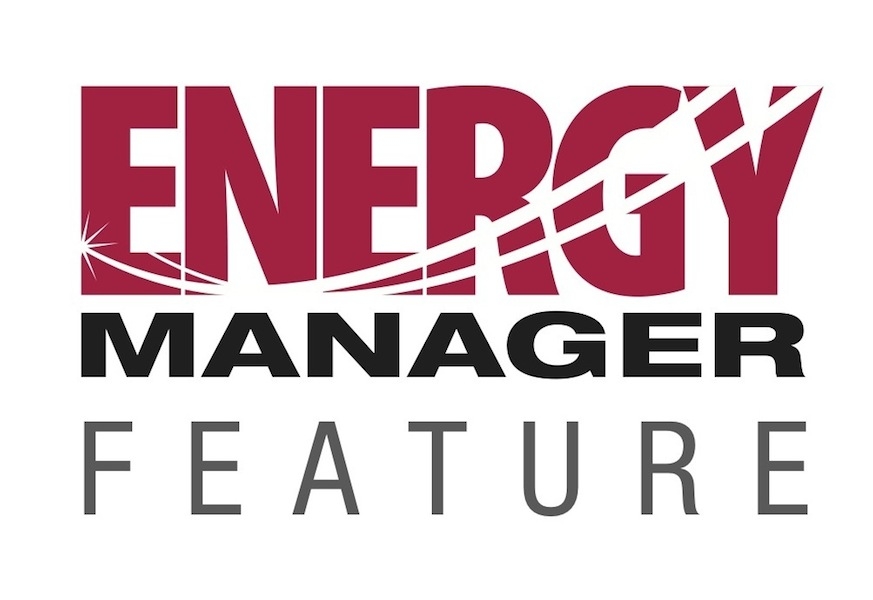
News
FEATURE – Bridging the gap between research and utility companies
October 25, 2013 - The energy and utility industry is in the midst of a major transformation driven in part by the need for improvements to infrastructure, increased regulation and legislation, a growing demand for alternative energy sources, new levels of instrumentation and data generated by technological innovations, and a customer who is becoming more engaged with their energy use and habits. What’s more, the International Energy Outlook has projected growth of worldwide energy demand to increase by 53% by 2035.
October 25, 2013 By Gary Wasslen IBM Canada

To continue this natural evolution and address these growing challenges, today’s utilities are moving to integrate renewable energy into a smarter grid system. These smart grid systems allow for higher efficiency in grid operations, greater control in the detection of—and response times associated with—outages and power restoration and provide important usage-based information that can be used to develop energy consumption reduction strategies.
The smart grid system is just one example of the innovative thinking required to address the energy and utility industry’s challenges. To continue to evolve the industry, new collaboration and partnerships must be developed so that Canada can set the stage for world-class research and technology development.
It was a desire to become a world-leader in the utilities sector that lead to the creation of the Smarter Energy Research Institute (SERI). Launched in October 2012, SERI is a collaboration between corporate research and the utilities industry and was established in an effort to develop a smarter energy environment.
First-of-a-kind Smarter Energy Research Institute
Hydro-Quebec, is among one of several global utility companies who have partnered with IBM Research to develop the SERI research consortium. The consortium represents a new collaborative partnership for the energy and utilities industry, which integrates scientists with members from other disciplines and industries, who work side-by-side to research and develop new breakthroughs.
Hydro-Quebec understands the lasting impact of innovative approaches. In partnership with their research facility (IREQ), SERI researchers are developing a real-time planning solution that will directly address the uncertainty of renewables. They are also working on creating a Wide Area Situational Awareness system intended to treat a large volume of data in real time for monitoring, archiving, reporting, querying and visualization of the grid state. It is envisioned to have alerting and business intelligence capabilities, including real-time analytics.
SERI partners are working to create and share knowledge that could revolutionize how utility companies all over the world operate their electricity networks in the future. Together, they have set out five core innovation tracks where they will collaborate to allow every member to benefit from the partnership. These tracks include:
• Outage Planning Optimization
• Asset Management Optimization
• Integration of Renewables and Distributed Energy Resources (DER)
• Wide-Area Situational Awareness
• The Participatory Network
SERI’s objective is to advance the utility industry of the future and educate energy companies on the use of predictive analytics, optimization and advanced computation, that will enable them to ultimately pass on improved services to energy consumers.
Thinking Smarter
Through this partnership, it is expected that utility companies will become better equipped to manage supply and demand of energy even more efficiently and better understand the impact that a storm might have on the electric grid. This is all possible thanks to the creation of coupled-predictive models and a shift from “fixed” to “condition-based” maintenance plans.
Being able to leverage predictive and optimization technologies means that SERI members can use advanced computational analytics to more accurately control their management of electricity supply. These analytics stream data from sensors across the grid in almost real-time, enabling dynamic monitoring of the entire power grid, which in turn leads to enhanced performance and cost-effectiveness via improved situational awareness.
While sensors already tell us about the current or historical state of an asset, SERI intends to further automate the new predictive capabilities of energy utilities assets by layering algorithms that connect new data, such as weather information, on top of the data already available.
As a result, SERI members can better manage the transforming energy and utilities environment by gathering insights from data available on their networks.
Advancing the Industry Together
In an ever-changing business and regulatory environment, the world’s utility companies require robust and secure networks to interconnect with the grid, providing intelligence to allow them to balance increasingly complex supply and demand equations. SERI is bridging the gap between research and utility companies to allow for closer collaboration on areas that are vital to the global energy industry’s transformation.
***
Submitted by Gary Wasslen, Partner IBM Global Business Services, Energy & Utilities, IBM Canada
Print this page